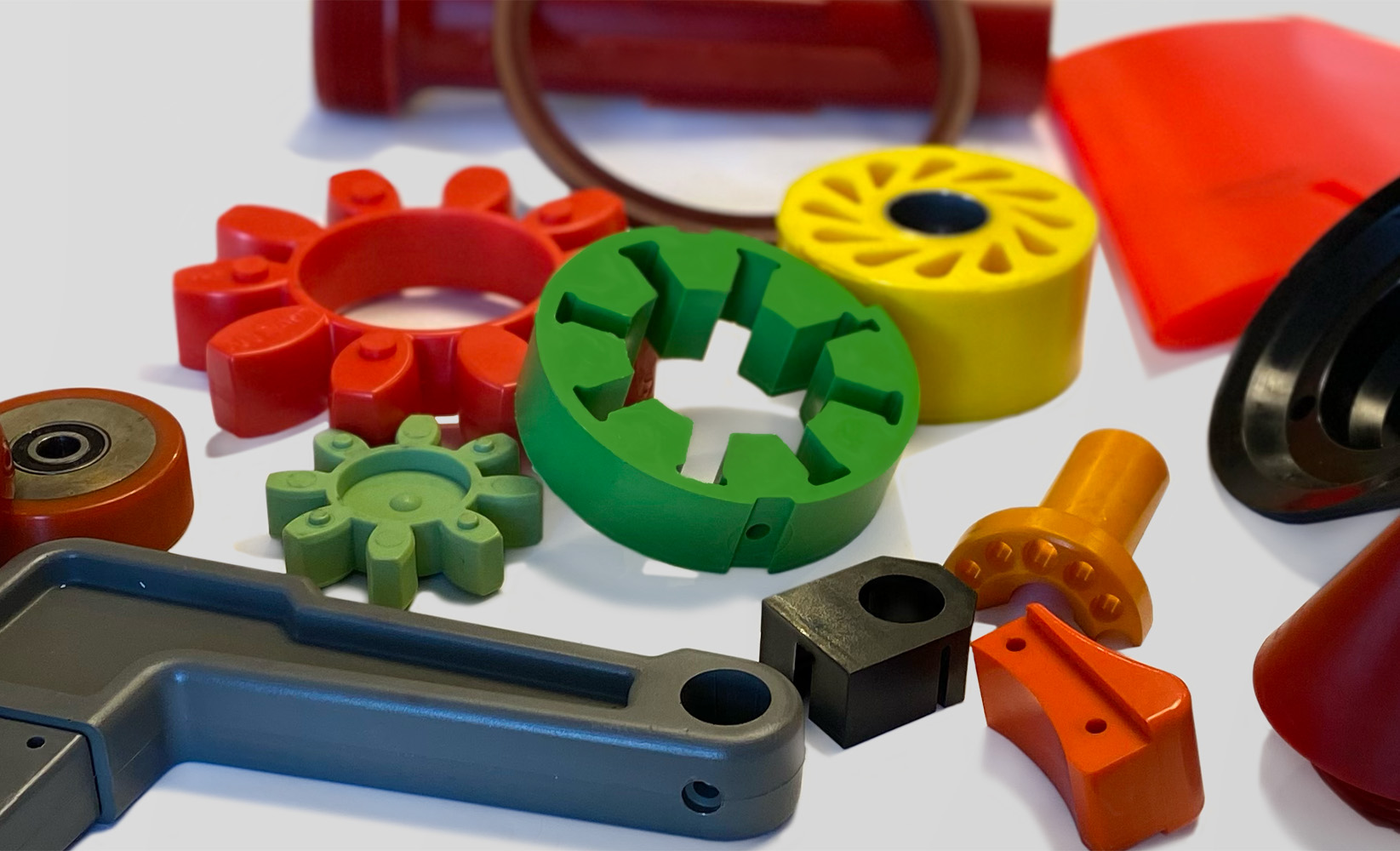Ever since their introduction in the late 1930s, polyurethane has proven to be an extremely valuable material that is adaptable to a wide variety of forms and functions. This versatile elastomer has mechanical properties that can be isolated and manipulated through chemistry for use in foam, liquid or solid products.
The durability and resilience of polyurethane is effectively demonstrated in the world of cast and injection molded components. Polyurethane is appealing because it combines the strength and rigidity of plastic and the elasticity of rubber. It can possess a wide range of hardness levels, a high load capacity in both tension and compression, and perform very well when used in high flex fatigue applications. This makes it an ideal material for applications requiring resistance to abrasion, impact or high tear resistance.
Over the years, our engineers have identified five pitfalls to avoid when it comes to designing parts and components to be made with polyurethane:
- Sharp corners at edges of bonded areas
- Sharp angles in the polyurethane which tend to focus stresses in an area
- Sharp lips or edges which would cut or magnify stress concentration
- Complicated parts which, in addition to requiring expensive molds, have many points of stress concentration
- Designs which prevent natural shaping of the polyurethane when under a load
Molded Dimensions is the service provider of choice for companies across a diverse selection of markets for their polyurethane and rubber molded component needs. To view a helpful chart to aid you in your future polyurethane part designs see our suggestions page.




